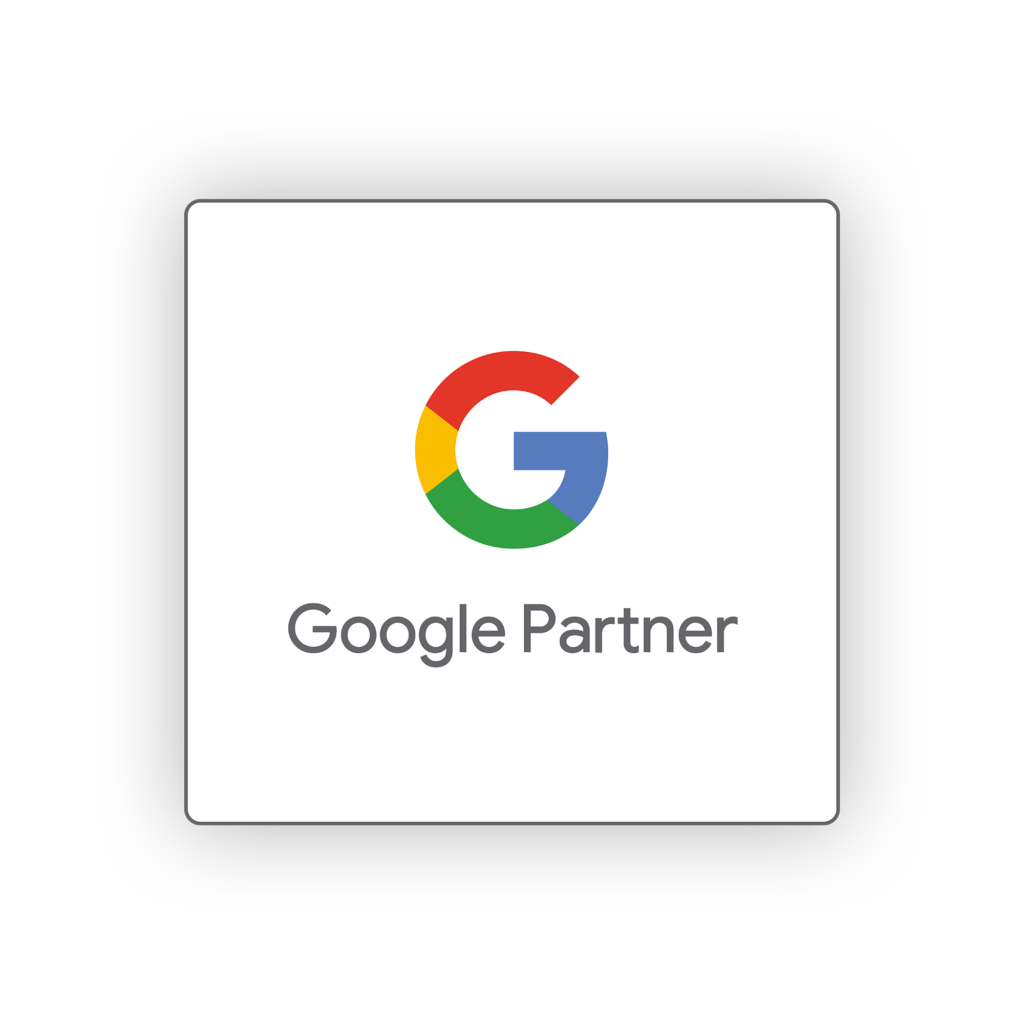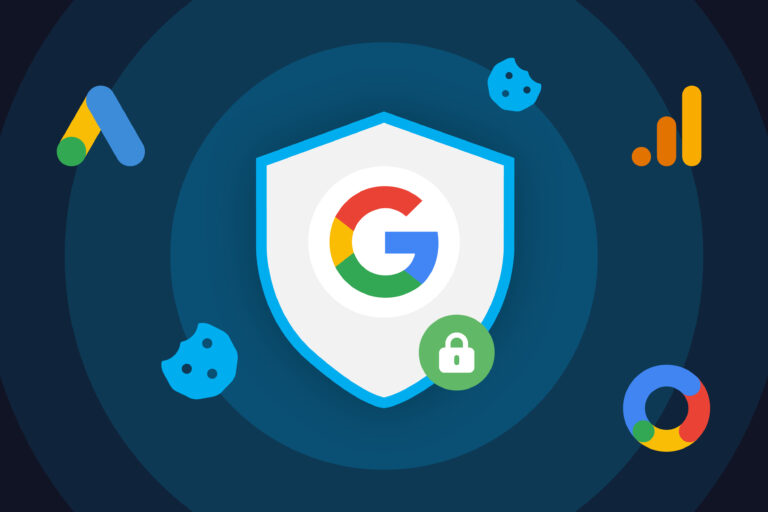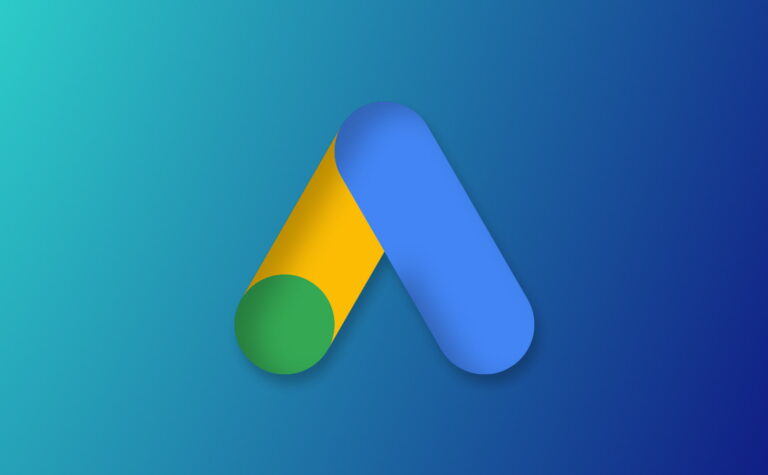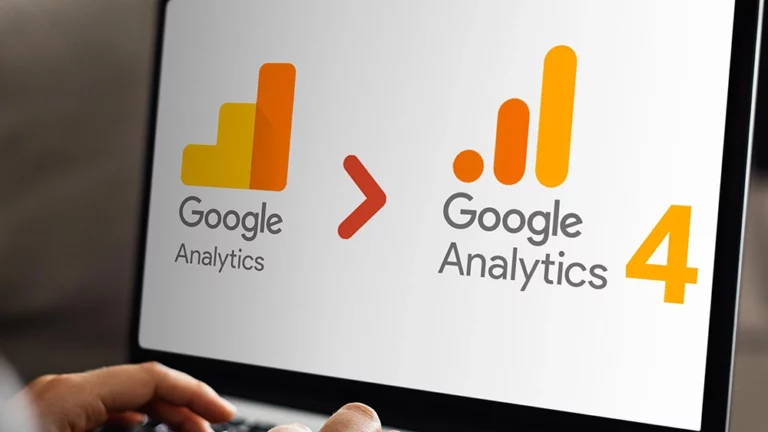Optimised ads help businesses grow
Done right, PPC (pay-per-click) advertising is a fantastic tool for rapid lead generation.
As an expert PPC agency, Fenti’s PPC management services facilitate pay-per-click advertising on behalf of clients to deliver quality leads, fast. We produce and manage text, image and video ads across Google and Microsoft.
Being a certified Google Partner means Fenti are proven Google Ads specialists. Your budget is in very capable hands with a consistent track record of delivering a high return for clients – we’re talking a 500%+ increase in lead form submissions.
Are you ready to supercharge your lead generation?
What is PPC (pay-per-click) and how does it work?
What?
Pay-per-click advertising, known as PPC, is an internet-based advertising model, used to target users of online platforms such as Google Ads and Microsoft Ads. Text and digital media such as images and video are the most commonly used ad formats. In search engine results pages, ads tend to be positioned at the top of each page and are identifiable by an ‘Ad’ label or shopping ads on the top and right of the page.
Who?
Pay-per-click ads can be precisely targeted to display to specific audiences, based on their search queries, location, demographics, and more. Advertisers bid against criteria relevant to their objectives, going through an auctioning process to win a bid. Factors influencing ad success include the advertiser's maximum cost per click and quality score to determine where the ad will rank.
When?
Savvy advertisers can expect to see a return on ad spend quickly, which is why PPC has become a popular marketing tool. Performance is trackable within the platform’s advertising suite, and within a website owner’s analytics suite, to determine how many prospects have arrived via a PPC ad.
How?
Learning how PPC management works across one or multiple online platforms is essential to success. As with most marketing disciplines, change is constant, so advertisers must stay on top of how to build and optimise campaigns, in addition to trends relevant to campaign objectives.
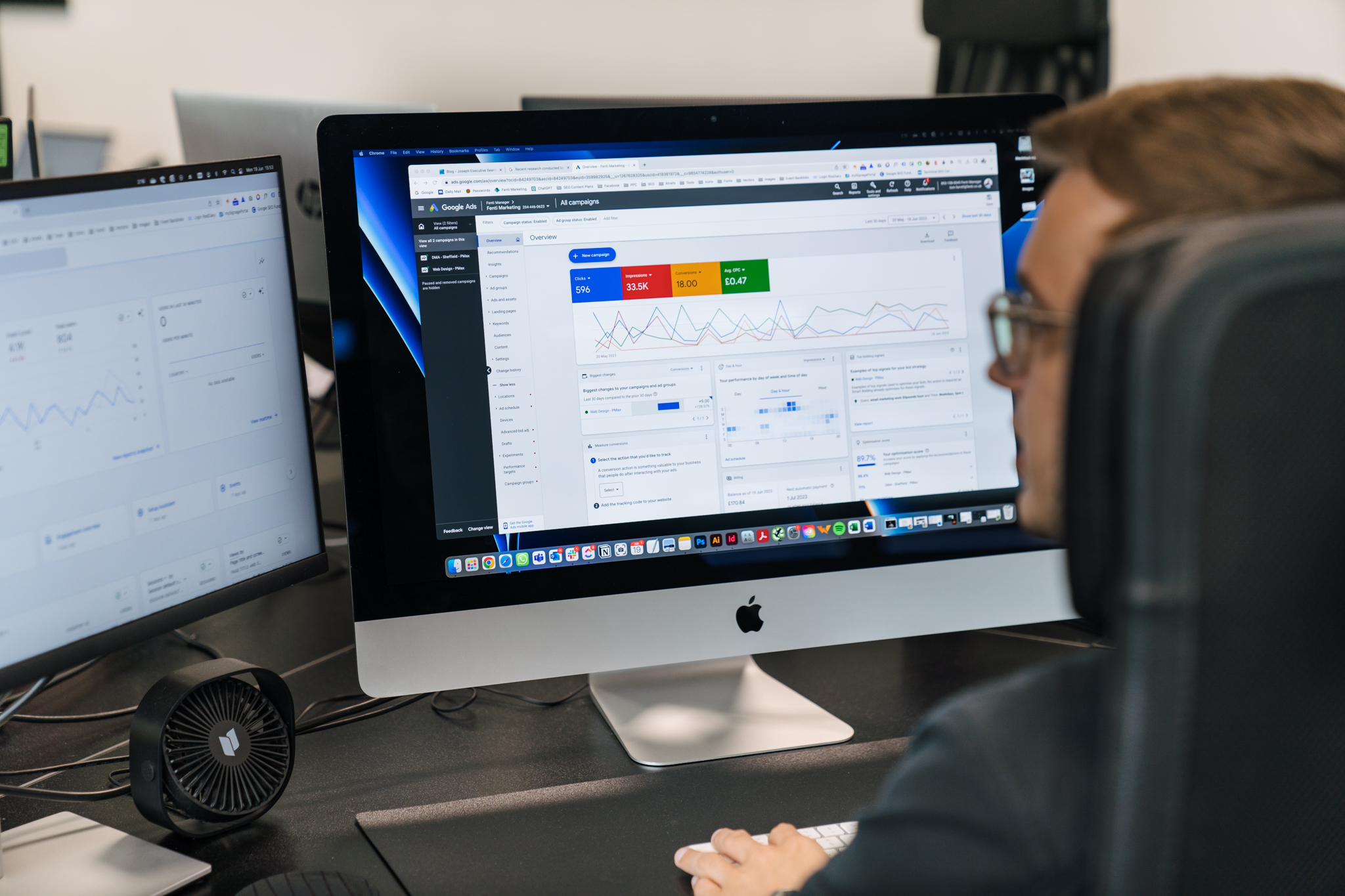
Expert PPC management
PPC management starts with understanding business objectives and target audiences. In a nutshell, who you are and who you want to convert. The scattergun approach never has and never will work in marketing, so thorough research and planning are essential.
PPC is not something you can have a stab at and leave to do its own thing. It’s a highly valuable marketing tool but also highly complex. If you need support marketing your business, PPC advertising is the one to outsource. A good PPC agency will help your business stand out in a crowded market and generate qualified leads with a healthy return on ad spend.
Google Ads management
Search engine marketing (SEM) encompasses SEO and pay-per-click, working hand in hand to boost brand awareness and lead generation. Consumers and business buyers are spending more time researching and shopping online using Google, cementing the role of SEM in any marketing strategy.
Google Ads are displayed across multiple platforms, including display ads, shopping ads, and YouTube ads. Search ads are the most commonly used PPC ad type whereby an advert appears on the search engine results page (SERP). Keywords are the linchpin of Google Ads, connecting what Google users search for with the right advertiser.
Fenti offers a full Google Ads PPC management service, with proven results. Plus, as a Google Partner We work hard to maintain high Google quality scores for clients, ensuring their ads are always optimised. Businesses large or small, new or established can benefit from professional Google Ads management.
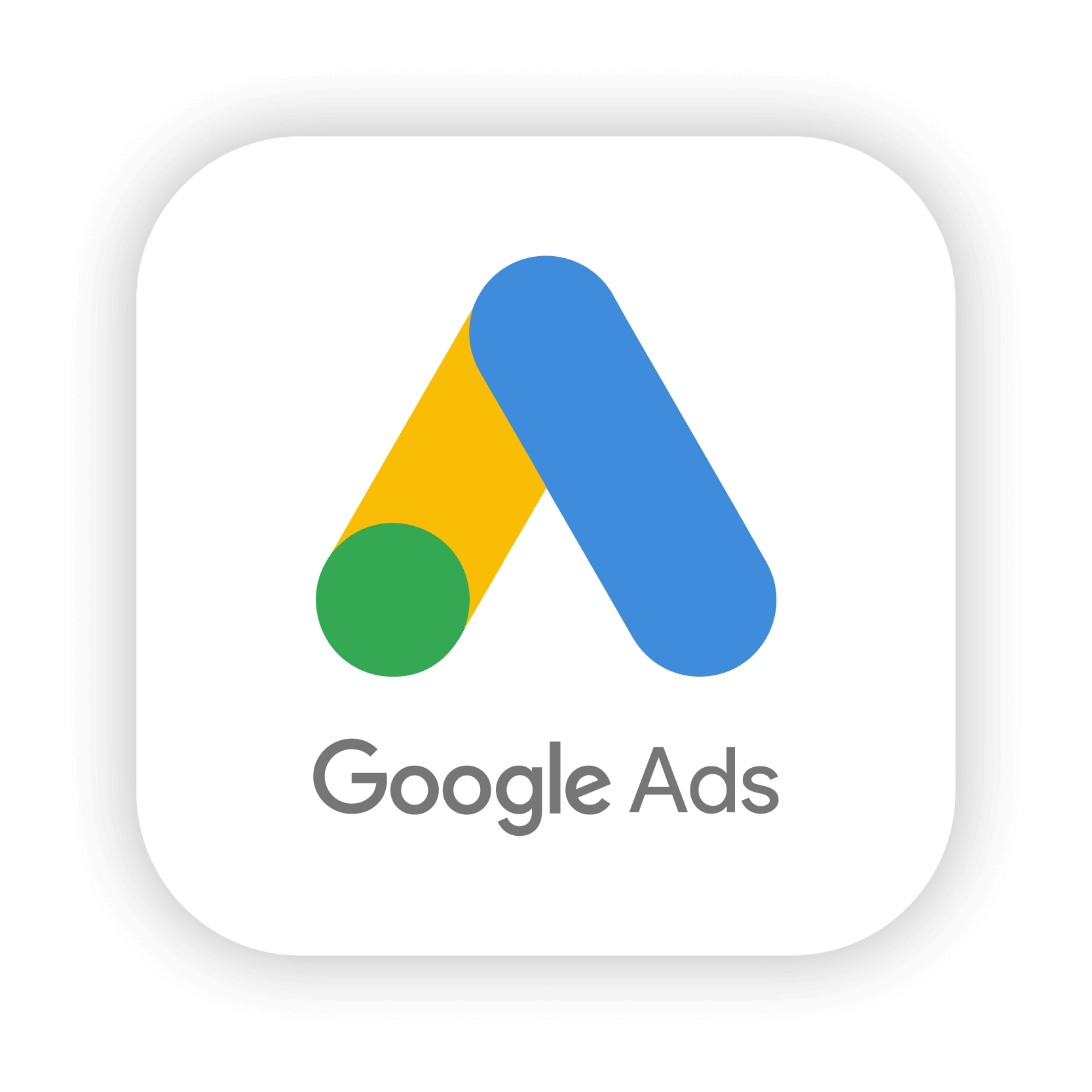
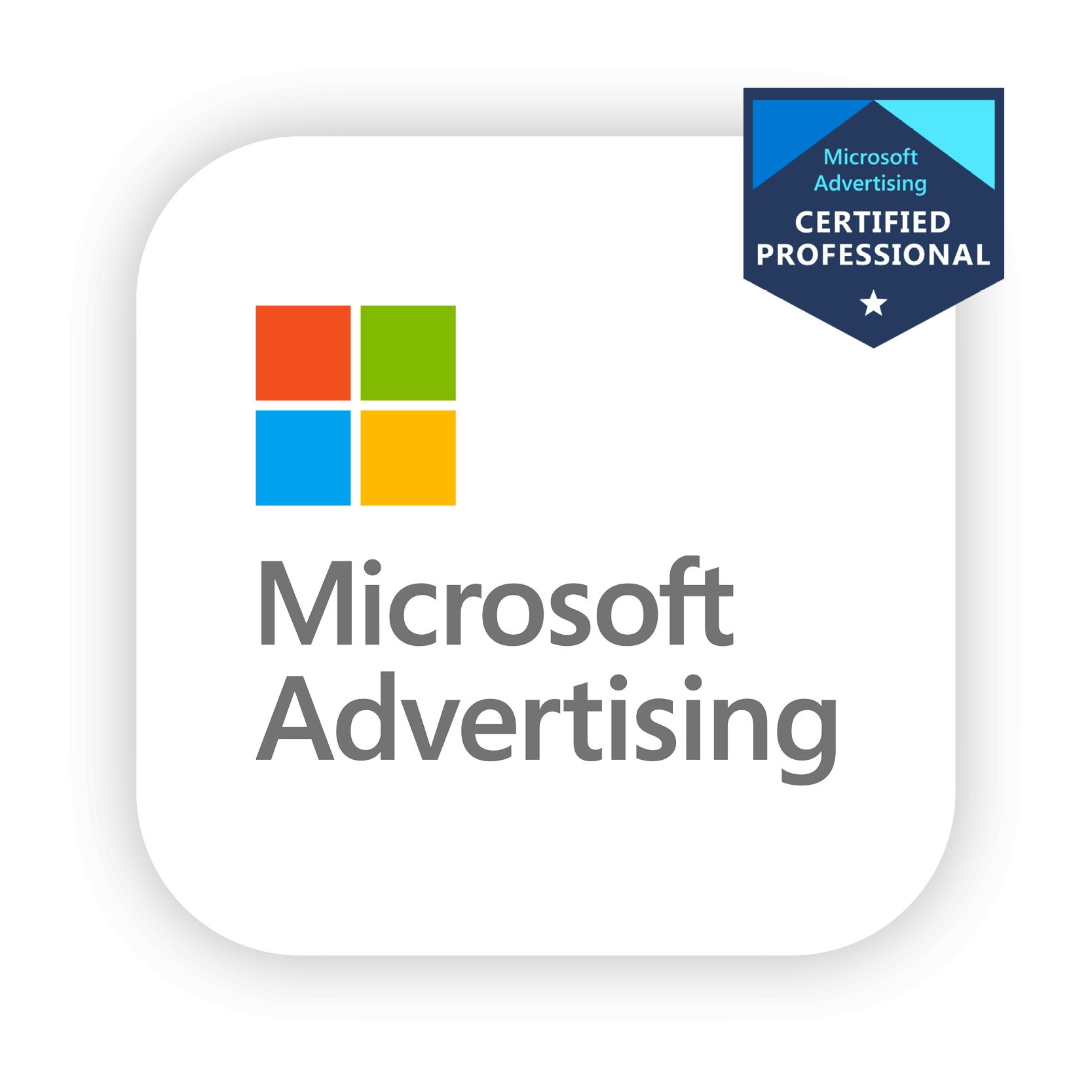
Microsoft Ads management
Microsoft Ads, formerly known as Bing Ads, present a valuable opportunity to reach a diverse audience. Advertising on Microsoft’s search network allows businesses to connect with potential customers across multiple platforms, including Bing, Yahoo, and AOL. Fenti provides comprehensive Microsoft Ads management services, ensuring your campaigns are effectively targeted and optimised.
Microsoft Ads offer unique benefits, such as typically lower competition and cost per click compared to Google Ads, making it a cost-effective option for many businesses. Our expertise in Microsoft Ads ensures that your advertising spend is maximised, driving high-quality traffic to your website.
Whether you are looking to expand your reach, tap into new markets, or diversify your advertising strategy, Fenti’s Microsoft Ads management services can help you achieve your goals.
Fenti PPC management FAQs
Read a selection of FAQs to find out more about PPC by Fenti. If you can’t find the answer you’re looking for, get in touch.
What is a PPC agency
A PPC agency offers a range of services to manage pay per click advertising campaigns on behalf of clients. Using digital advertising platforms such as Google, Facebook, and YouTube to target users and deliver maximum revenue for client budgets.
What is pay per click advertising?
Shortened to PPC, pay per click advertising is an internet-based advertising model used to target users of platforms such as Google, Facebook and YouTube. Platform owners charge advertisers for each ad a prospect clicks.
How to hire a PPC agency
Compile a brief of what you want to achieve with pay per click advertising, such as audience, messaging and revenue. Consider the importance you and your team place on face to face meetings to determine whether you would prefer to work with a local agency or not. Search engines and LinkedIn are a free research tool to begin your search for a PPC agency. In theory, agencies appearing on page one and two of search engine results pages will be doing a good job so send your brief over to ask for a quote. In the meantime, look for reviews and research the agency’s previous clients to help refine your PPC agency shortlist.
How much does pay per click advertising cost?
The majority of PPC ad campaigns will not exceed the advertiser’s maximum budget. Each targeting parameter or keyword will have an associated cost per click or impression, depending on competition and how specific or broad the query is. For example, ‘men’s trainers’ is a broad term whereas ‘red high top men’s trainers’ is a specific term.
How do I get started with pay per click advertising?
First, determine your objectives. For instance, you might want more sales, more newsletter subscribers, or more leads. Next, decide which is the best advertising platform. This depends on your target audience’s preferred digital hang out or research tool. Next, create an ad account with your selected platform, be it Google Ads or Meta Business Suite, for example.
Research relevant keywords and audience targeting parameters to bid against, then get to work setting bids. Make sure you set a maximum budget (daily or monthly). Monitor performance and tweak as you go, ideally at least once a week, to maximise ad spend.
The landing page prospects are directed to, usually a product or promotion web page, must have the ability to convert users. Consider if the landing page can convince audiences to do what you want them to do?
How do Google Ads work?
There are several different Google Ad types: search ads, display ads, shopping ads and YouTube ads. Search ads match search engine user queries with ad content based on keywords. Display, shopping and YouTube ads are selected by Google as a relevant ad, using detailed product data provided by the advertiser. Remarketing ads (part of display ads service) target users who have previously visited a competitors website or your site but did not convert.
What is a Google partner?
An agency accredited by Google with a proven record of consistently delivering value for clients through Google Ads management expertise. Google partners must reapply annually to maintain the accreditation.
How can I get help with social media?
Social media relies on consistency so outsourcing management is ideal to boost reach and audience engagement. Social media management includes content creation, regular posting, outreach, engagement, and performance reporting.
How can I make sure my PPC ads work?
Extracting maximum value from pay per click advertising is a multifaceted task, incorporating several digital marketing disciplines. It is important to optimise the location prospects are directed to for conversion, known as the campaign landing page. Spend time understanding different bidding types and which strategy will be best for your budget, objective, and experience with PPC. Research which keywords each campaign will target, including audience search terms, competitor keywords, industry trends and local search terms, where applicable.
